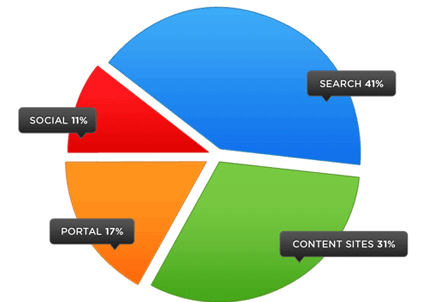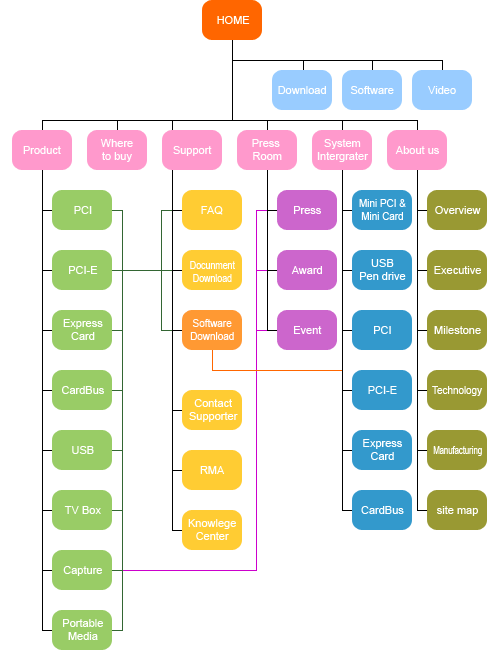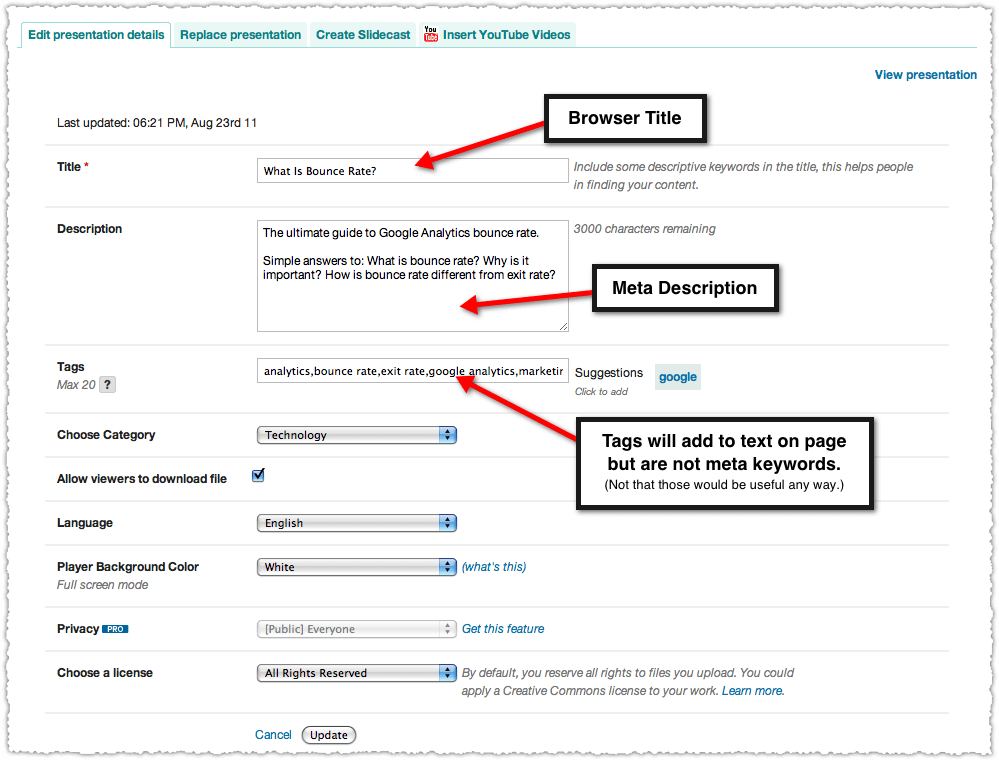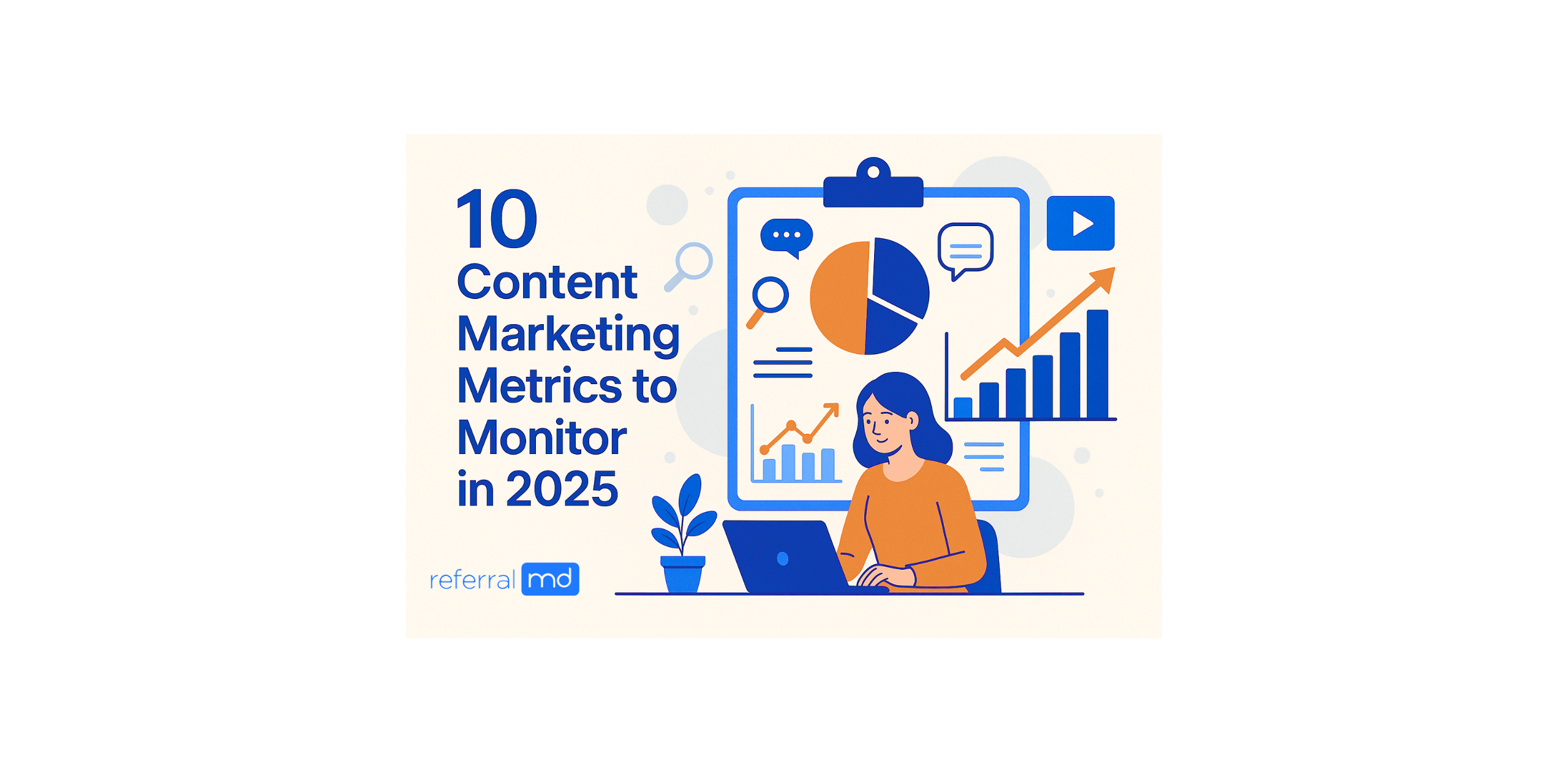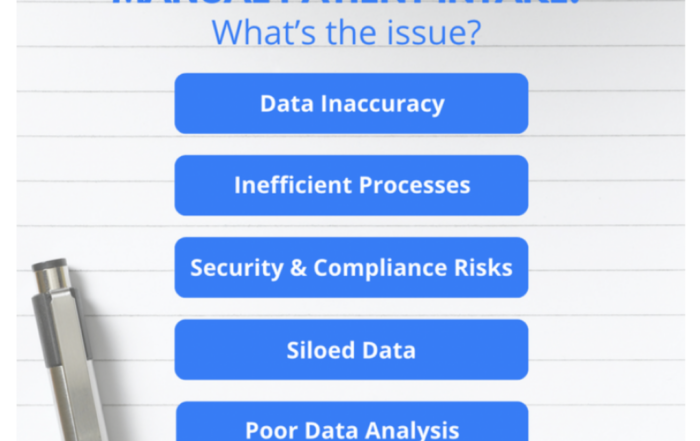SEO or search engine optimization is the process of optimizing your website to be found in the search engines for relevant keyword searches. For healthcare SEO, if a person is searching for a podiatrist in the Boston area and there are five podiatrist offices in that region, obviously, you’d like your practice to come up first in the search results if you own a practice in the Boston area that’s focused on podiatry.
According to Search Engine Journal, SEO leads have a 14.6% close rate, meaning they convert to customers and, in this case — patients, while outbound leads (such as direct mail or print advertising) have a 1.7% close rate.
Still, questioning the value of Healthcare SEO for your practice? Today more than 56% of American adults are now smartphone owners, highlighting how crucial it is to rank highly in the search engines for relevant searches that prospective patients might be making from their mobile devices.

Here are seven actionable search engine optimization tricks and tips to help your organization rank above the competition in the healthcare industry:
UPDATE:
Quick update, we have recently published a few news articles as well as e-books. Let us know your thoughts.
- The shocking truth about healthcare’s Prior Authorization Process
-
Medical Practice Marketing Strategy eBook (Updated for 2022)
- Healthcare Leadership Podcast Series (presented by ReferralMD)
1. Choose the Right Keywords
Make a list of keywords that you think are relevant to your healthcare facility and services. Collaborate with team members to ensure that this list is comprehensive and covers all the pain points your potential patients experiencing as well as the healthcare solutions your practice provides.
After you’ve compiled this list of search terms, test them by searching each keyword phrase in Google’s Keyword Planner to see which phrases have a decent amount of local monthly search traffic but with low competition from other websites or advertisers.
When analyzing these keywords, shoot for keyword phrases with 200 to 10,000 local monthly searches.
Once you’ve filtered your list fully, begin incorporating these keywords organically throughout the various relevant web pages on your website and within a variety of quality blog posts or other pieces of content.
Google, 77% of patients used to search before booking an appointment. Hence, it is important to naturally incorporate the right keywords throughout your website to let the search engines know what your website is all about and drive more patients to your organization.
2. Define Your Meta Data: Title Tags & Meta Descriptions
The keywords targeted for your Healthcare SEO strategy should not only be present throughout the original content on your website, but they should also be present in the metadata of each of those pages.
The metadata consists of the HTML meta tags that lie between the open and closing head tags in a document’s HTML code. Metadata helps the search engines know what the page is about using the title tag, the meta description, and headers.
The title tag acts as the title of the page at the top of the browser and in the blue text in the search engine results, see above. Edit them to be no longer than 65 characters and naturally incorporate your keywords while naming the page.
As seen in the black text above, a meta description should be no longer than 150 characters as it describes the content of a page.
Lastly, headers added throughout a piece of content using header tags will help to further instruct the search engines as to the contents of the page. These are added using h1, h2, h3, h4, h5, and h6 tags.
3. Create Original Content
Create original content for your website on behalf of your healthcare organization to stand out amongst your competition online, specifically in the search engines.
By educating your audience through quality content marketing, you’ll be able to highlight your value and expertise over time and gain rankings in the search engine.
Publish content like case studies, blog posts, videos, interviews, photos, patient testimonials, infographics, medical breakthroughs, and conversations about the healthcare industry, and help drive more value to your website and increased the use of relevant keywords on your website to aid in your search rankings.
An excellent way to brainstorm quality content for your organization is to think of patients’ commonly asked questions in your field. For example, if you were a podiatrist, your potential patients would be searching for information on “myths about bunion surgery” or “ways to protect their feet in the winter.”
Create content that answers these questions for your audience to drive traffic to your website when potential patients are looking for information surrounding your expertise. This also helps to build credibility and authority for your organization as an expert on the subject area.
Setup a free blog using WordPress on your website to start writing and creating original content that drives traffic, educates, and builds credibility for your organization.
4. Include a Site Map On Your Website
Creating a simple site map is an often overlooked tactic for indexing your website properly with search engines.
A site map helps Google, Yahoo, and Bing a map of how your website is laid out and connected. It can also help users better access your website.
You can create your own site map, but it can be tedious, especially if your website is extensive in any way.
Try using one of these third-party tools to generate a site map for your web property. I’d recommend using one that is online and doesn’t have to be downloaded.
Here are some more extensive guidelines for site maps that can and can’t be submitted to Google.
5. Own Different Search Verticals
Many healthcare professionals miss an opportunity to rank highly for other search-related verticals other than a website like a video, images, slideshows, local, mobile, and others.
As a healthcare organization, it is possible to leverage these unique SEO verticals to drive highly targeted traffic to your web properties.
For instance, optimizing the presentations shared on SlideShare, as seen above, can help to drive long-term traffic from relevant key phrases. Fill out the many fields that make up the upload process for your SlideShare content to define the title tag, meta description, etc.
Here are a few guides to making the most of the SEO of your video, images, slideshows, and local and mobile efforts.
- Video: Create A YouTube Traffic Jam With These 4 Simple Optimization Tips
- Images: 10 Must-Know Image Optimization Tips
- Slideshows: 7 Ways to Optimize Your SlideShare Presentations for More Traffic
- Local: The Definitive Guide to Local SEO
- Mobile: The Definitive Guide to Google’s New Mobile SEO Rules
6. Local Search Marketing
50% of all local searches are performed on a mobile device, says Yext. Please use a mobile-friendly, local experience for your customers today, or it is time to switch industries.
Local search is one of the most important search verticals for healthcare organizations because, for patients to make use of their services and expertise, they have to visit their healthcare provider’s physical location.
It is crucial when someone is searching for your practice or location at the top of the results. It is also important that you rank when a person is searching for your type of service offering but hasn’t found which exact practice to go with.
Ensure your organization’s name, address, and phone number are accurately updated on a Google+ Local Page, Foursquare Page, and your website’s footer across the entire website.
Listing this important contact info will continue to help Google associate the correct location with your organization. When it is a natural fit, add the city and state to your title tags on your website to further optimize your experience.
Since the Google+ Local Page is important for ranking purposes in Google, please continue to monitor the reviews posted to your page to ensure they aren’t negatively affecting your rankings.
The amount of reviews and their sentiment impacts your ranking over time. Stay ahead of the incoming recommendations and monitor their impact.
7. Use Social Media to Drive Rankings
Social media helps facilitate two-way conversations between an organization and a regular person. One of the uses of social media is to drive traffic to your website from a larger audience than you would normally reach.
In terms of SEO, Google and other search engines consider hundreds of factors when determining a web page’s quality. Social media is one of those factors taken into consideration.
If a page on your website is shared across social media in an impactful way, then the search engines take this into account to signal that that particular page on your website is quality information on your expertise.
Social media’s impact on SEO is basically a form of link building, except on websites like Facebook or Twitter. This further emphasizes the need for quality content to be continually shared across relevant social channels.
Start simple when it comes to social media; utilize LinkedIn, Facebook, YouTube, Google+, and Twitter to start building an audience and informing them of your unique offerings and knowledge of the industry.
When it comes to setting up your social media accounts for the first time, please fill out as much information as you possibly can when it comes to the name, the bio, the description, and every other section of each account to give the search engines as much information as possible to assist them in ranking your social profiles.
Focus on quality over quantity when it comes to the content your organization shares on social media. When you’ve got a small budget, limited time, and personnel, emphasize talking with your community on a one-to-one basis and joining in discussions online that fall in line with your expertise.
As a healthcare professional, how do you plan to utilize SEO to increase traffic to your website? Which tip or trick seems to be the most beneficial? Share your thoughts and comments below.
Images courtesy of Constant Click, Eric Sasson, Aver Media, Search Engine Future, and Bodleian History Faculty Library.

